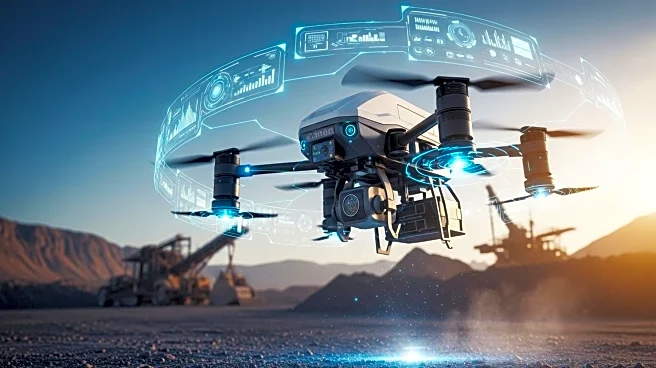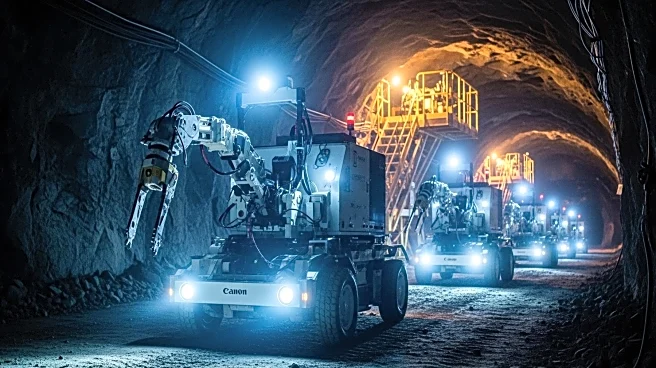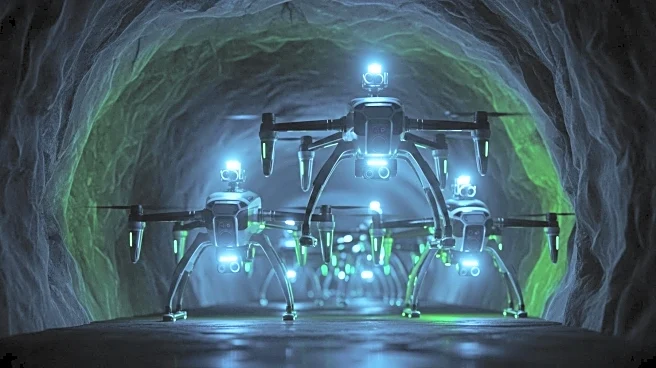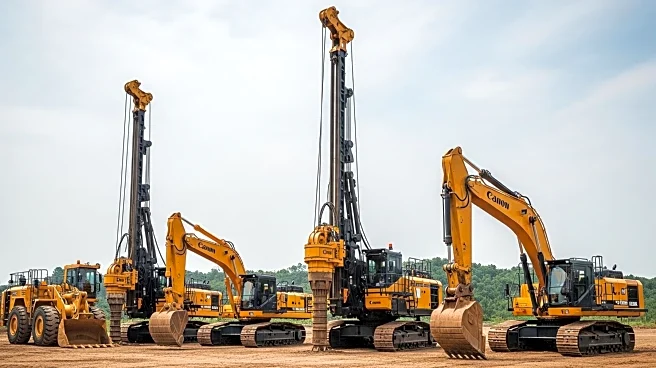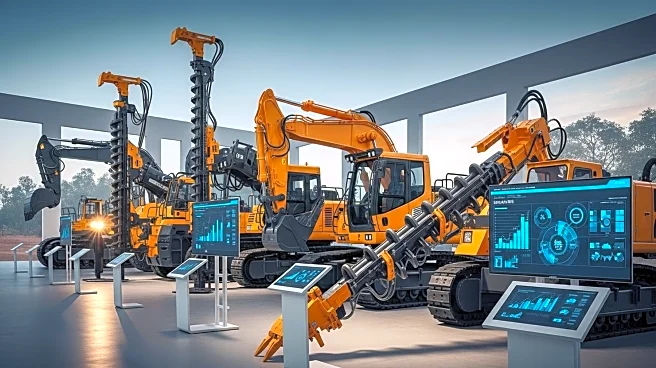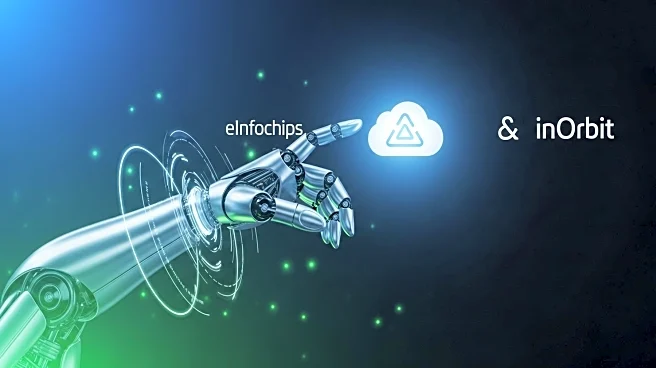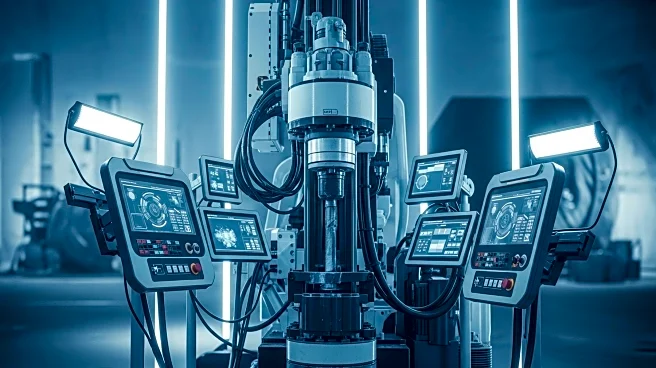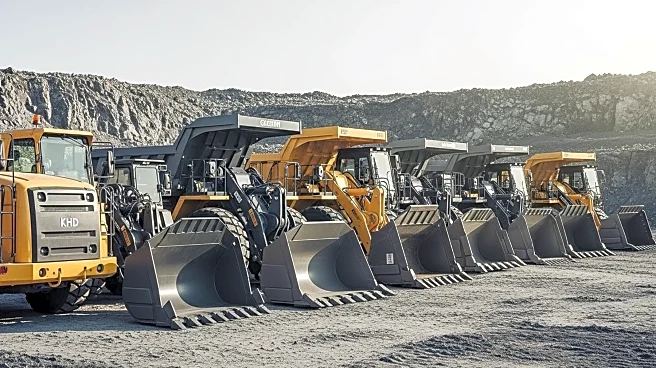What's Happening?
Australian Droid + Robot (ADR) has introduced a new Docking Station for its Explora XL robot, designed to enhance autonomy in underground mining operations. This development allows the robot to operate continuously without human intervention, addressing the longstanding issue of production shutdowns for tasks like surveying, inspection, and gas sensing. These shutdowns have historically cost mines significant amounts, estimated at over A$250,000 ($164,277) per week. The Docking Station automates essential processes, enabling the robot to remain underground permanently. It features automated charging, sensor cleaning, and secure data transfer, ensuring the robot is always ready for missions and can integrate seamlessly with existing mine planning software.
Why It's Important?
The introduction of the Docking Station is a significant advancement in mining technology, promising to increase efficiency and safety in underground operations. By eliminating the need for production halts, mines can operate more continuously, potentially increasing output and reducing costs. The system also minimizes human exposure to hazardous environments, enhancing worker safety. This development is particularly crucial as mining operations become more complex and resource extraction becomes more challenging. The ability to collect and analyze data more frequently and reliably can lead to better decision-making and sustainable mining practices.
What's Next?
With the Docking Station now available, mining operations are likely to see increased adoption of robotic solutions like the Explora XL. This could lead to further innovations in autonomous mining technology, as companies seek to maximize efficiency and safety. Stakeholders in the mining industry may respond by investing in similar technologies to remain competitive. Additionally, regulatory bodies might consider updating safety and operational standards to accommodate these advancements.
Beyond the Headlines
The deployment of autonomous systems in mining raises questions about the future of labor in the industry. While these technologies enhance safety and efficiency, they may also lead to reduced demand for certain manual labor roles. This shift could necessitate retraining programs for workers to adapt to new roles in a more technologically advanced mining environment. Furthermore, the integration of such systems may prompt discussions on data security and the ethical use of autonomous technology in resource extraction.

